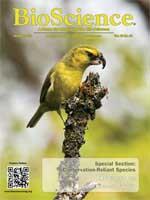News and Opinion (6)
DEPARTMENTS (4)
New Titles (1)

No abstract available
No abstract available
No abstract available
No abstract available
No abstract available
No abstract available
No abstract available
No abstract available
No abstract available
No abstract available
No abstract available
